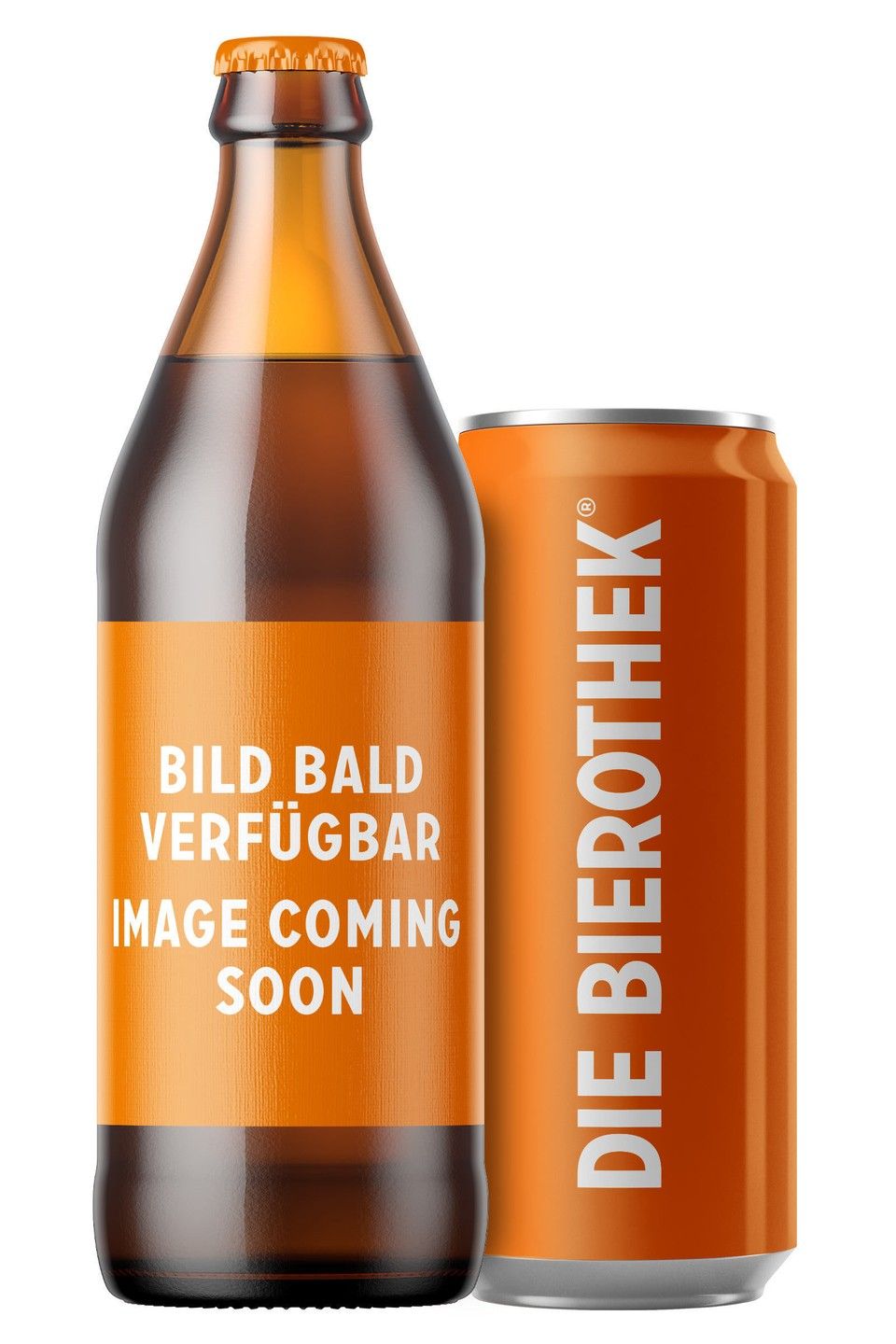
bock
Notify me
Enter your email address here to be informed once as soon as the article is available again.
Bock beer has developed in different regions of Germany. In the Hanseatic cities of Lower Saxony, a particularly full-bodied, top-fermented strong beer was brewed to make it last longer and make it easier to transport. A significantly higher content of original wort and a plus in alcohol allowed the brews to produce a product of stable quality. For a long time, this beer was supplied to the Munich nobility. At some point, however, it was decided at the Wittelsbacher Hof that it would be easier to brew the beer yourself. As a result, a brewer from Lower Saxony was recruited and brought the art of bock beer to Bavaria. At the same time, however, Bavarian monks were also brewing strong beer. Traditionally, the clergy use the strong bock beer as a substitute for food during Lent.
It is almost impossible to clearly trace back the originator of the bock beer, so we prefer to present you a delicious example of it here. Every year at the beginning of the cold season, the Josef Greif brewery from Forchheim brews a light strong beer, which is traditionally tapped for the bock beer festival.
The seasonal delicacy has an alcohol content of 6.6% and brings a variety of malt and a complementary touch of hops to the glass. The voluminous body harbors notes of brown sugar, molasses, sun-ripened grains, bread, straw and creamy honey. The green gold contributes floral hints and delicate notes of freshly mown grass.
- Content
-
0,50 Liter Bottle
- Brauerei
-
 Greif-Bräu
Greif-Bräu
- Bierothek® ID
- 10383010
- Weight
- 0.5kg(0.88kg with packaging)
- Deposit
- € 0.08
- LMIV
- Responsible food business operator (EU)
Brauerei Greif Gmbh & Co Kg , Serlbacher Str. 10 , 91301
Forchheim Deutschland(DE)
- Beer region
- Deutschland
- Beer style
- bock beers , franconian beers
- Beer Category
- bavarian beers , franconian beers
- Food recommendation
- Starter: Bruschetta
Main course: Roast lamb
Dessert: Tiramisu - Alcohol content
- 6.6 % vol
- Original wort
- 16.5 ° Plato
- Ingrediants
Water, barley malt, hops, yeast
